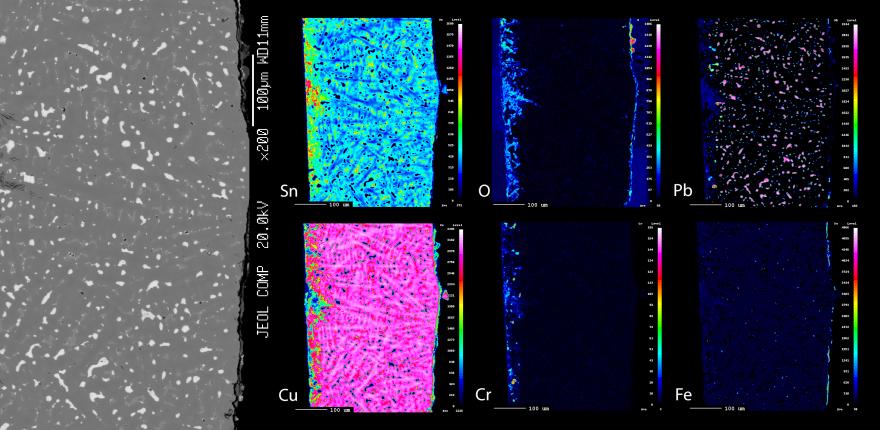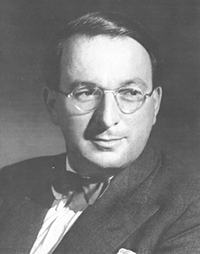Department of Archaeology
Courtyard Building
Downing Street
Cambridge CB2 3DZ
Department of Archaeology

The Glyn Daniel Laboratory houses advanced microscopes for the study of all kinds of samples, from full sculptures to tiny specimens. Our newest acquisition is a Keyence VH-6000 super resolution 3D microscope, which allows full characterisation of any samples with exceptional breadth and depth of focus, automated stitching and particle counting, 3D measurements and line profiles, and a wide range of additional features up to a magnification of x2000. The microscope lenses can be used for both reflected and transmitted light examination, rotated for oblique examination, or removed from the stage to be used directly on artefacts of virtually any size. The microscope offers great versatility for all kinds of applications, from the technical examination of metallographic specimens and thin sections through the identification of botanical remains and pigments, or the study of wearmarks on lithics.
Optical microscopy is complemented with two Leica microscopes: a M205C and a DM4000Ma, both of them with advanced image analysis software. In addition, the laboratory houses a Hitachi TM3000 scanning electron microscope (SEM) that allows high resolution imaging of both organic and inorganic materials.
This laboratory additionally provides space for the use of our Bruker Tracer III-SD portable X-ray fluorescence spectrometer (pXRF), with bespoke calibrations optimised for the quantitative chemical analysis of archaeological ceramics, metals, and rocks.
Users of the Glyn Daniel Laboratory often use additional resources in the Pitt-Rivers Laboratory, the Charles McBurney Laboratory and the Dorothy Garrod Laboratory. In addition, further electron microscopy and microanalysis facilities are available through our close links with the Departments of Earth Sciences and Materials Science & Metallurgy, which also provide ready access to EPMA and XRD, among other instrumentation.

Our laboratory is named after Glyn Daniel, the well known archaeologist, writer and broadcaster. He was the Disney Professor of Archaeology, University of Cambridge from 1974 to 1981.
After attaining a BA, 1st Class Hons with Distinction (1935), Glyn Daniel earned his Ph.D. in 1938 and became a Fellow of St John's College, Cambridge (1938-86). He worked as an Intelligence Officer for the RAF during the Second World War (1940-45), aiding in the interpretation of aerial photographs, eventually being placed in charge of Photo Interpretation for India and SE Asia (1942-5).
Glyn Daniel is perhaps best known for his role as editor of Ancient Peoples and Places (1955-86) and of Antiquity (1958-86). He also made frequent appearances on the television and won TV Personality of the Year (1955). He spent a number of years as Director of Anglia Television Ltd (1959-81), but still found time to write many books, including a guide book, The Hungry Archaeologist in France (1963), and a detective novel, The Cambridge Murders (1945).
His better known publications include:
The Megalithic Builders of Western Europe (1958)
The Idea of Prehistory (1961)
The Origins and Growth of Archaeology (1967)
The First Civilisations (1968)